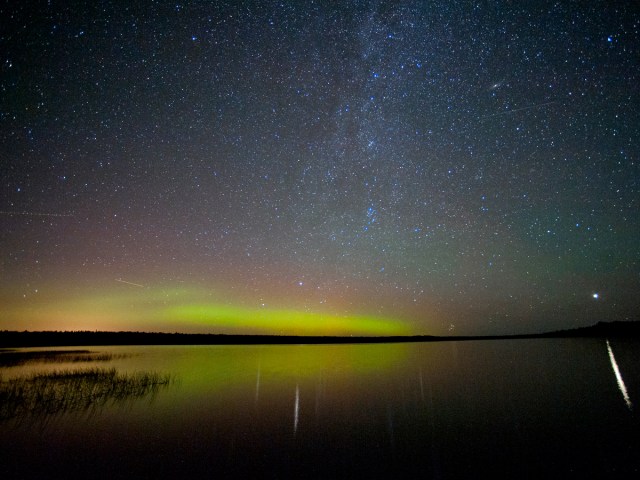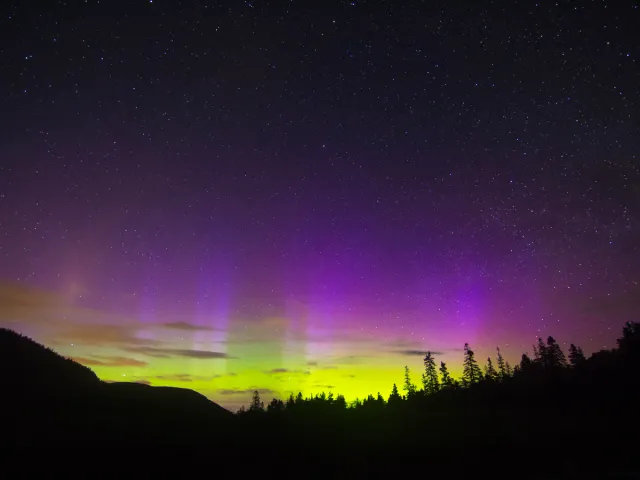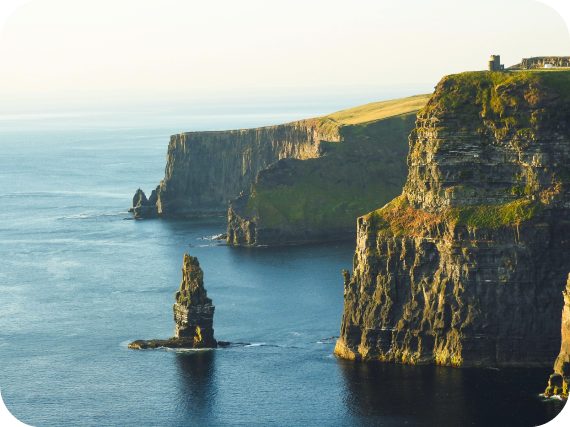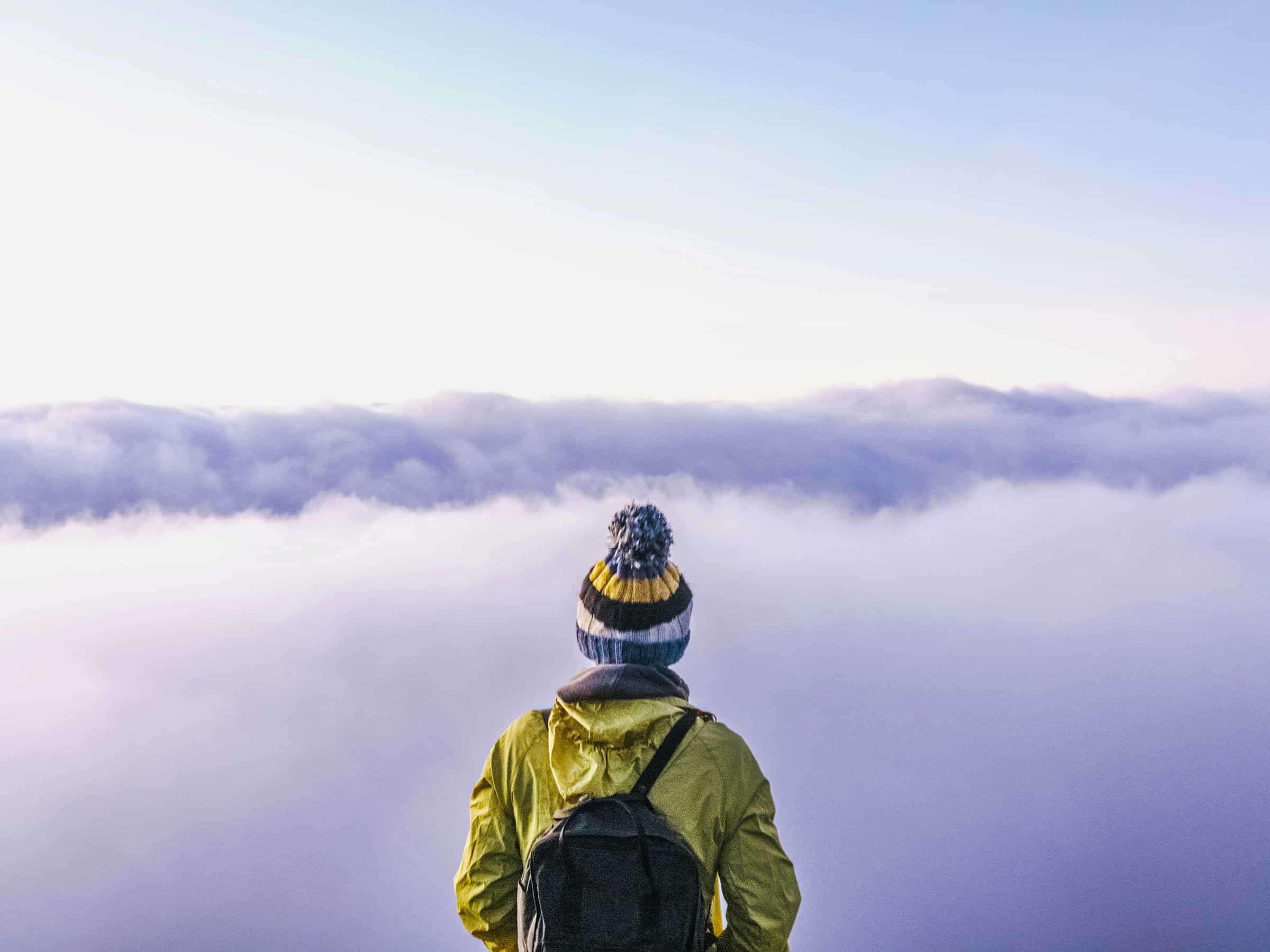The aurora borealis — better known as the northern lights — occurs when magnetic energy built up in the sun’s atmosphere collides with Earth’s gases, creating nature’s most incredible light show. You don’t necessarily have to travel far from home to witness the spectacle — but you do need the right solar conditions, dark and clear skies, and an unobstructed view facing north. When the stars align, so to speak, here are five of the best places in the U.S. to experience the northern lights.
Northern Minnesota

Due to its high latitude, remote wilderness, and minimal light pollution, northern Minnesota is an exceptional place to catch the aurora borealis. The regions surrounding Voyageurs National Park and the Boundary Waters Canoe Area Wilderness are especially well known for their stunning aurora displays during active solar periods.
Voyageurs National Park, an International Dark Sky Park, is popular for its clear skies and pristine viewing conditions. Favorite spots include the Ash River Visitor Center grounds, Meadwood Road Day Use Area, and the upper parking lot at Rainy Lake Visitor Center, where the lights often reflect off the water, creating the illusion of twice the color and brilliance.
Farther east, the Boundary Waters Canoe Area Wilderness, a designated Dark Sky Sanctuary, offers a truly off-the-beaten-path experience. Accessible only by canoe or on foot and with thousands of lakes scattered across untouched forests, this area provides some of the darkest skies in the country — and one of the most peaceful settings to witness the aurora dancing across the night sky.
Denali National Park and Preserve – Alaska

Denali National Park and Preserve is home to North America’s tallest peak, Mount Denali, and a pristine wilderness teeming with wildlife such as grizzly bears, moose, caribou, Dall sheep, and wolves. The park is also renowned for its vast landscapes, where glaciers, tundra, and rugged mountains meet skies that, if you’re lucky, glow with the northern lights.
Thanks to minimal light pollution, long and dark winter nights, and a far northern latitude close to the auroral oval (the zone around the Earth’s geomagnetic pole where auroras are more frequently visible), this national park is one of the best places in the U.S. to witness the aurora borealis. The viewing season typically runs from mid-August through mid-April, with peak conditions between November and February, when the nights are longest.
Rangers recommend Wonder Lake and the pullouts along Denali Park Road as top viewing spots, where unobstructed skies set the stage for a dazzling display. The show often begins as a soft green glow on the horizon before erupting into rippling waves, arcs, and curtains of color that swirl across the sky and create a truly unforgettable sight.
Isle Royale National Park – Michigan

Michigan’s Upper Peninsula is one of the best places in the contiguous U.S. to view the northern lights. Among its many scenic spots, Isle Royale National Park stands out for its rugged beauty, dark skies, and remote location. The isolated island surrounded by Lake Superior has no permanent residents, and light pollution is virtually nonexistent, allowing the aurora borealis to flash vividly across the night sky.
Isle Royale is accessible only by ferry or seaplane and open to visitors from April through October. The best chances to catch the lights are during late fall and early spring, particularly in April and October, and timing your visit around the new moon will give you the darkest skies.
Because of the island’s dense tree cover, the northern shoreline offers the clearest views, with optimal viewing from Lane Cove Campground and Huginnin Cove Campground. Reaching the island and finding the perfect viewing spot takes some effort, but a well-timed trip rewards you with an unforgettable sight as the illuminated sky reflects off the surrounding lake.
Anchorage, Alaska

Moving south from Denali and away from the auroral oval generally results in weaker displays or lights that appear lower on the horizon. Still, Anchorage — located about 240 miles south of Denali — offers a great opportunity to see this natural phenomenon while staying close to the amenities of a big city. Its accessibility makes it appealing to travelers who want the convenience of hotels, restaurants, and transportation without venturing deep into the wilderness.
During periods of high solar activity, the aurora can even appear over Anchorage itself, but nearby dark-sky spots like Flattop Mountain, Point Woronzof Park, and Kincaid Park provide more optimal viewing conditions. There’s something truly special about driving just a few minutes outside the city to watch a light show unfold in the middle of the night with the Chugach Mountains and the Cook Inlet as a breathtaking backdrop.
Northern Maine

Northern Maine, known for its dense forests and vast wilderness, offers some incredible opportunities to catch the northern lights. Bordering Canada, Aroostook County is a sparsely populated region with some of the darkest skies in New England and wide-open terrain, creating ideal conditions for aurora viewing.
The best time to head north is between October and April. Maine’s oldest state park, Aroostook State Park, and the nearby Aroostook National Wildlife Refuge both offer prime spots to set up camp and watch the inky sky come alive. Alternatively, Baxter State Park — about 80 miles south of Aroostook County and home to Mount Katahdin, Maine’s highest peak — is another destination where the northern lights can frequently be seen.
And if you can’t make it that far north, it’s also worth visiting Acadia National Park, about 130 miles south of Baxter, to try to catch a glimpse of the lights illuminating the landscape around the park’s iconic Jordan Pond.
More from our network
Daily Passport is part of Inbox Studio, which publishes content that uplifts, informs, and inspires.
















